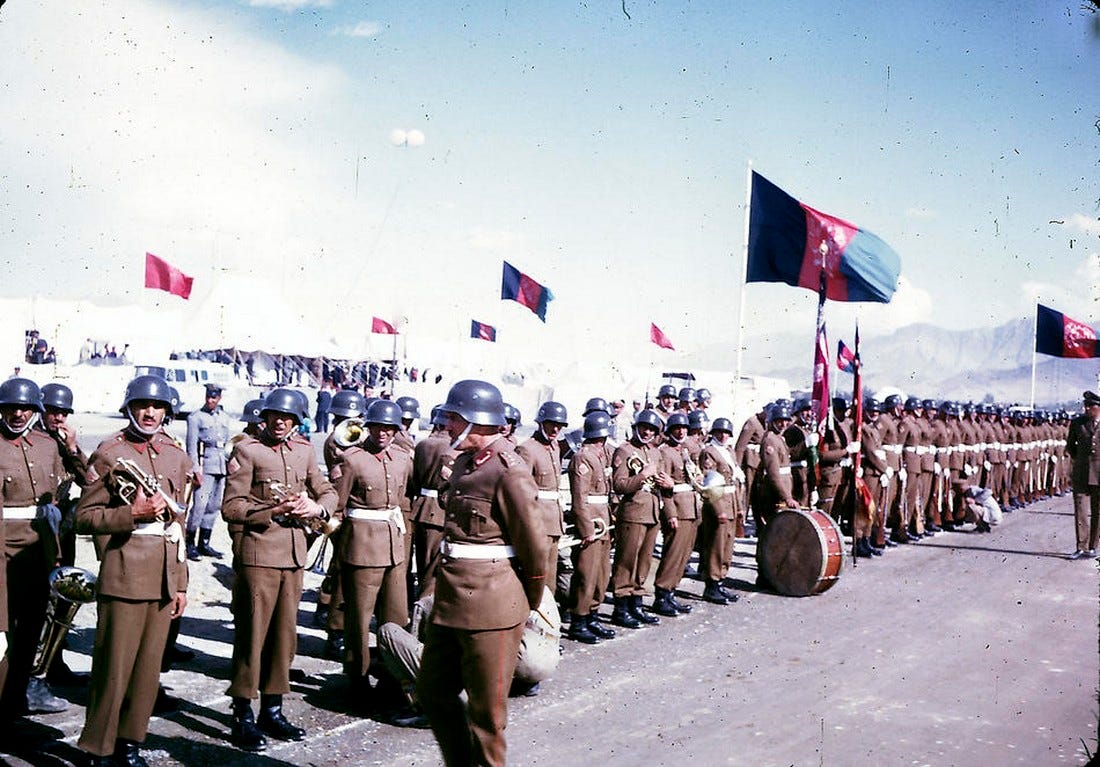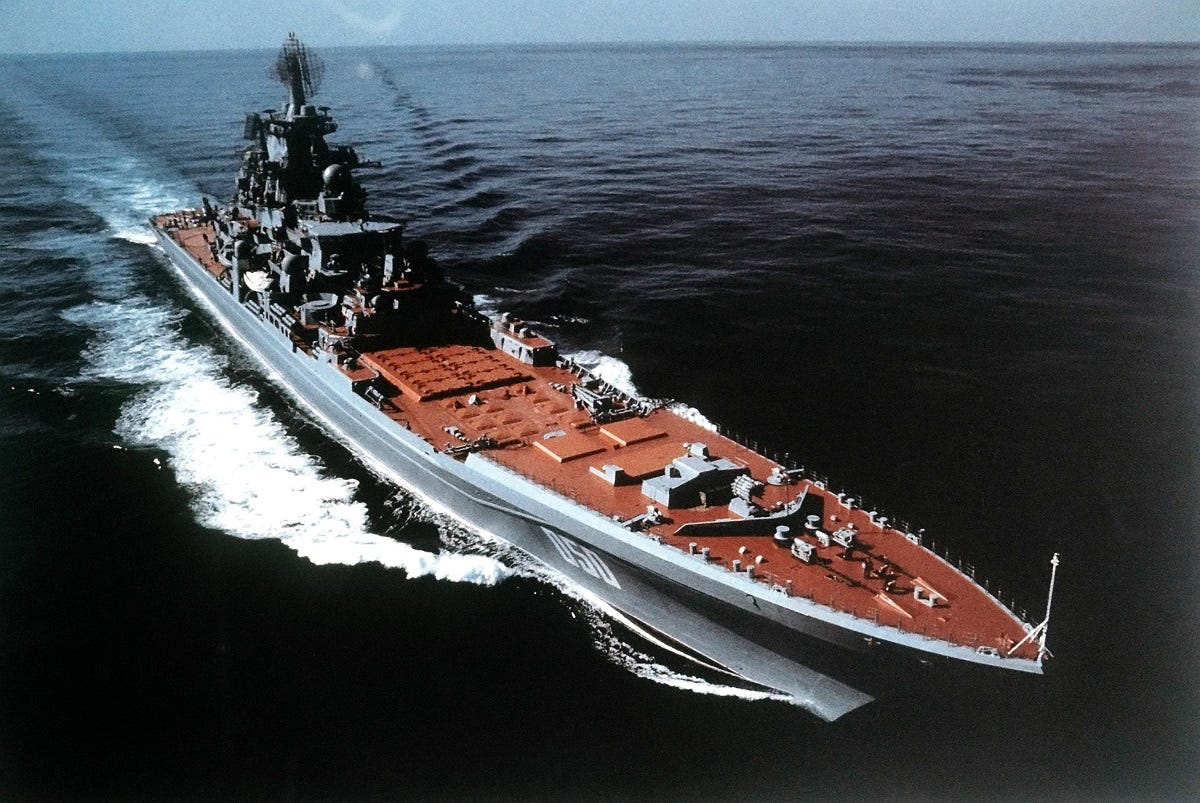By Danvir Singh
05 Aug , 2016
 Ever since the formation of SAARC in 1985, Indo-Pak relations have always overshadowed various other important regional issues. Pakistan’s obsession of Kashmir and its aggressive stance on that matter make her raise it on all international forums including SAARC. Thus derailing the very basic agenda of regional cooperation into a bilateral slug fest between the two nuclear armed nations.
Ever since the formation of SAARC in 1985, Indo-Pak relations have always overshadowed various other important regional issues. Pakistan’s obsession of Kashmir and its aggressive stance on that matter make her raise it on all international forums including SAARC. Thus derailing the very basic agenda of regional cooperation into a bilateral slug fest between the two nuclear armed nations.
India’s Home Minister, Mr Rajnath Singh was in Pakistan, attending the annual SAARC Home / Interior Ministers’ meet at Islamabad on Aug 04, 2016.
Never ever in the history of Indo-Pak relations, an Indian minister has so unequivocally blamed Pakistan for region’s instability on its very own soil.
In his speech, the Indian Home minister lashed out at Pakistan without naming her, for her support of terrorism, eulogising the terrorists and harbouring them.
Never ever in the history of Indo-Pak relations, an Indian minister has so unequivocally blamed Pakistan for region’s instability on its very own soil. He highlighted Pakistan’s role in terrorist attacks stretching in time and space from Kabul to Dhaka. He emphasised the urgency to punish those who perpetrated attacks on Mumbai and Pathankot.
Mr Rajnath Singh stressed the need to act against the countries who shelters terrorists. He in his speech he said, “It also needs to be ensured that terrorism is not glorified and is not patronized by any state. One country’s terrorist cannot be a martyr or freedom fighter for anyone. I also speak for the entire humanity- not just for India or other SAARC members – in urging that in no circumstances should terrorists be eulogised as martyrs. Those who provide support, encouragement, sanctuary, safe haven or any assistance to terrorism or terrorists must be isolated. Strongest possible steps need to be taken not only against terrorists and terrorist organisations but also those individuals, institutions, organisations or nations that support them. Only this will ensure that the forces engaged in promoting the heinous crime of terrorism against humanity are effectively countered”.
These clear references of Pakistan and her involvement in terrorism has made this speech historical. A similar sentiment was echoed by the Interior Minister of Afghanistan on Pakistan’s involvement in fuelling unrest in his country. Already, Bangladesh had marked its protest by boycotting this meet, after the evidences of Pak involvement emerged in Dhaka terror strike last month. Thus, Pakistan stood isolated and exposed on this regional platform.
Bangladesh had marked its protest by boycotting this meet, after the evidences of Pak involvement emerged in Dhaka terror strike last month. Thus, Pakistan stood isolated and exposed on this regional platform.
It was just a coincidence that on this very day, United States blocked 300 million dollars as military aid to Pakistan. Defence Secretary Ashton Carter declined to give certification to the Congress that Pakistan is taking sufficient action against terror network in that country. This being a prerequisite before releasing the Coalition Support Fund.
Interestingly a snub from Secretary General of the United Nation, Mr Ban Ki-Moon to Pakistan on latter’s request for UN intervention in Kashmir also came on the same day. He referred to the present unrest in Kashmir as internal matter of India and said UN had no mandate beyond monitoring the situation on Line of Control.
As the regional ministers met in Islamabad on the lines of the agenda set way back in 2005, Pakistani capital witnessed hundreds of state harboured terrorists led by non-other than Hafiz Saeed and Sayeed Salahudeen on its streets, protesting against the visit by Indian Home Minister.
It was during the thirteenth SAARC Summit held in Dhaka in November 2005, where the leaders condemned terrorist violence in all its forms and manifestations. They had agreed that terrorism was a challenge to all States and a threat to humanity and could not be justified on any grounds. The Heads of State or Government also decided that the SAARC Interior/Home Ministers meet annually preceded by a Meeting of the Interior/Home Secretaries to strengthen cooperation in this area.
Unfortunately, ever since the formation of SAARC in 1985, Indo-Pak relations have always overshadowed various other important regional issues. Pakistan’s obsession of Kashmir and its aggressive stance on that matter make her raise it on all international forums including SAARC. Thus derailing the very basic agenda of regional cooperation into a bilateral slug fest between the two nuclear armed nations.
India’s foreign policy against Pakistan seems to be working. India has managed to convince the international community; the role Pakistan plays in destabilising the region by supporting terrorism.
It has been witnessed over the years that the meetings between the ministers and the secretaries of India and Pakistan generate great euphoria on both sides of the border. Each such meet becomes episodic and the media reduces these foreign relation / bilateral events into a 20-20 cricket format, ironically much to the public delight.
Notwithstanding the episodic nature of our bilateral relations with Pakistan, India’s foreign policy against Pakistan seems to be working. India has managed to convince the international community; the role Pakistan plays in destabilising the region by supporting terrorism. And this meet at Islamabad, being one such international forum where Mr Rajnath Singh said what India should have said long before.
Much water has flowed ever since the lavish spread at lunch for the visiting Pakistani Prime Minister to Ajmer. The leader visited India just after the beheading of two Indian soldiers at the LoC in 2013.
Today the world needs India more than India needs the world. The fastest growing economy on the globe, India is a regional power too recon with. It would be in order to say that India’s strong democracy, sound economy and powerful military is what has empowered the Home Minister to make Pakistan see the mirror on her own soil.
© Copyright 2016 Indian Defence Review










